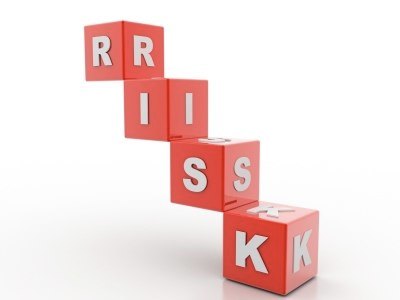
Research Article:
Failure to perceive increased risk of fracture in women 55 years and older: the Global Longitudinal Study of Osteoporosis in Women (GLOW). osteoporosis, fracture, women, Siris ES, Gehlbach S, Adachi JD, Boonen S, Chapurlat RD, Compston JE, Cooper C, Delmas P, Díez-Pérez A, Hooven FH, Lacroix AZ, Netelenbos JC, Pfeilschifter J, Rossini M, Roux C, Saag KG, Sambrook P, Silverman S, Watts NB, Wyman A, Greenspan SL.
Osteoporosis International 2010 Apr 1. [Epub ahead of print]PMID: 20358360
Background. Prior studies have reported undertreatment and underdiagnosis of osteoporosis. Women may not recognize they are at risk for osteoporosis. Who can blame one for always having a positive outlook–right? But not knowing you are in the “danger zone” for fractures is hazardous to your health. As a result, you fail to take the precautionary measures that are needed to prevent bone fractures and serious injury.
Why was the study done?
With the wider availability of bone mass measurement and more therapies, the study wanted to assess women’s current awareness of osteoporosis and follow in a “real world” setting patient-physician interactions and treatment. The goal for this portion of the study was to determine how women who are susceptible to osteoporosis assess themselves in comparison with their actual risk.
What did the researchers do and find?
The Global Longitudinal Study of Osteoporosis in Women (GLOW) was conducted with the help of medical practitioners from 10 different countries in Europe, North America and Australia. Over 60,000 postmenopausal women completed questionnaires to determine their level of awareness about osteoporosis and their own susceptibility for the disease and fractures. Overall one-fifth of the women thought their risk of osteoporosis was higher than other women their same age. Among women who had the diagnosis of osteoporosis, only 43% recognized that their condition could possibly result in fractures and injuries if left untreated. The majority of women taking osteoporosis medications did not think they were in the high-risk category. These high-risk women thought they were in the safe zone and had the same level of risk as people who do not have the disease.
What do these findings mean?
There is a serious problem of the lack of recognition of risk in patients with osteoporosis and represents a need for education and dissemination of information. Patients need to know the reality and consequences of their disease. Motivation for patients to seek and follow treatment is related to perceived susceptibility to a disease. Improved education of both physicians and postmenopausal women about osteoporosis risk factors is needed.
Bottom Line. We need to accept that we are the ultimate guardians of our own health and take full responsibility for our well-being. All it takes is a little bit of your time and effort to find out more about osteoporosis and talking with your doctor.
Links:
Osteoporosis International article online
-Diane L. Schneider, MD
_______________________________
Image: courtesy of jscreationzs /FreeDigitalPhotos.net
